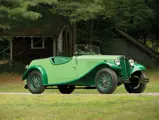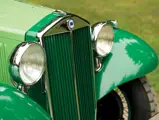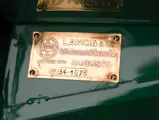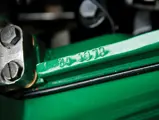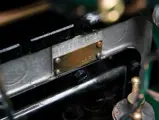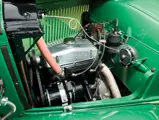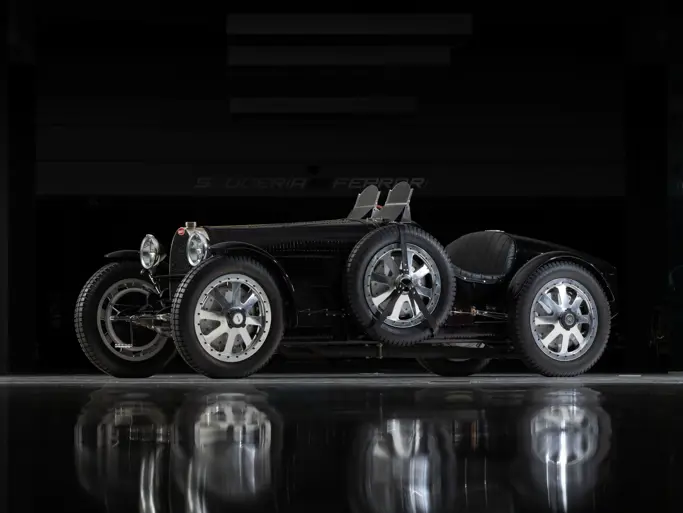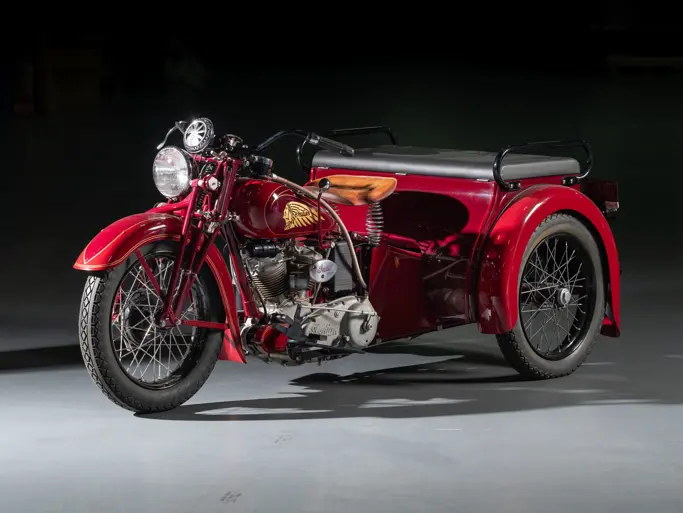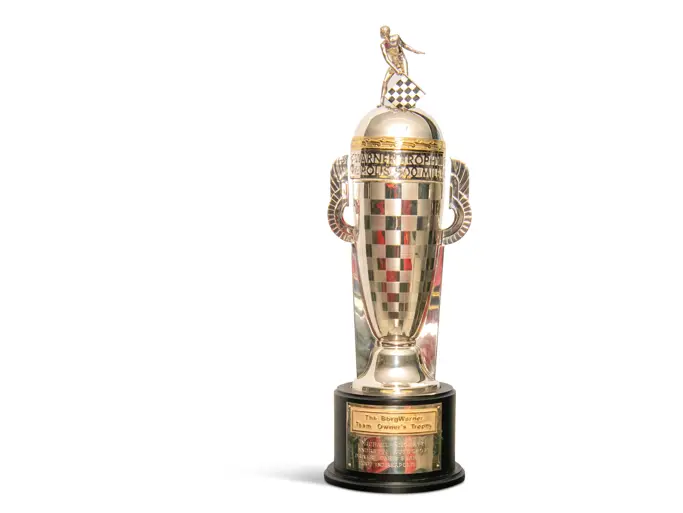Hershey 2014
1934 Lancia Augusta Special Tourer by March
Offered from the collection of John Moir
{{lr.item.text}}
$143,000 USD | Sold
 | Hershey, Pennsylvania
| Hershey, Pennsylvania
{{internetCurrentBid}}
{{internetTimeLeft}}

- Offered from the collection of John Moir
- Designed and bodied by Freddie Richmond, of Goodwood
- A pioneer of streamlined art deco design
- Advanced Lancia engine and drivetrain
- Freshly restored by David Steinman
35 bhp, 1,196 cc overhead-valve V-4 engine, four-speed manual transmission, fully independent front suspension with coil springs, solid rear axle with semi-elliptic leaf springs, and four-wheel drum brakes. Wheelbase: 104 in.
For the British enthusiast, Goodwood is a sacred place, as it is not only one of the most important venues in post-war motor racing, it is also a place where men and women who love automobiles congregate to celebrate that passion. It has been curated since its inception by the family of the Duke of Richmond, beginning with the 9th Duke, Frederick Charles Gordon-Lennox, a passionate engineer and enthusiast automobilist who had participated in racing activities as early as the late 1920s. By the 1930s, Freddie Richmond, as he was known to the public and popular press, had even reached out into automobile design himself, creating sporting bodies at his March Ltd. shops.
Richmond’s best-known design was the March Special Tourer, which was introduced in 1934 for the Lancia Augusta chassis. At the time, the Augusta was one of the world’s most advanced automobiles, and its V-4 engine and independent front suspension, comprising concentric springs, and oil-filled shock absorbers represented the height of modern motoring. It was an obvious basis for March’s equally advanced design, which represented one of the first reaches towards streamlining by a British stylist. The rear of the body was gracefully rounded and curved, with a tonneau covering the rear seat while it was unoccupied. A large dorsal fin was also mounted in the rear deck lid, to which air was guided by long, flowing fenders. To emphasize smoothness and aerodynamics, the top was hidden from view when folded, marking one of the first uses of a disappearing soft-top for a British open car.
The March Special attracted a great deal of attention in period press. In the June 5, 1934, issue of The Motor, Tenon described the model as “a car of unusual interest…designed with a view to performance and efficiency, as well as appearance; a characteristic of March coachwork.” He returned to the subject on December 18, 1934, describing the car as “the result of an attempt to produce a really practical design for the enthusiastic owner. Lord March’s own racing experience has been drawn upon in evolving a thoroughly efficient model.”
John Moir’s March Special is believed to be the only example of this style known in the United States. It was beautifully restored by Mr. Moir’s favored restorer, David Steinman, of the Waitsfield Motor Car Company in Vermont, who carefully rebuilt the body’s original wooden framing, restored its outer panels, and refinished the car in a striking combination of shades of Kelly Green. Mr. Steinman was also able to restore the rather complicated cloth top, as well as its side curtains and rear tonneau.
Mr. Moir has shown the March Special at the Amelia Island Concours d’Elegance, where it was much-appreciated. It is still freshly finished and in beautiful condition in all regards, and it awaits future concours competition, as it is one of the most striking and unique examples of British coachwork and Italian engineering from this period. It is offered with a file that contains documentation of its restoration, including diagrams for the independent suspension, as well as assorted copies of period road tests and, most importantly, an original manual for the model.
To once again quote Tenon, “In brief, the March Augusta is a style of car to be recommended sincerely as a distinctive vehicle with a very strong individual appeal.” That distinctive individual appeal comes from its designer, the man who gave birth to racing at Goodwood and all of the wonderful events that followed.

